Namiri Plains and the Great Migration
By George Turner – George the Explorer
When imagining the Great Migration, it’s easy to think of thousands of wildebeest crashing across the Mara River, dodging hungry crocodiles, lions, and just about every other predator in the Mara/Serengeti ecosystem. Whilst a mind-bogglingly amazing spectacle, there’s another side to the Great Migration: life.
Knowing exactly when the migration passes through is total potluck. Any number of factors – primarily weather-related – can impact on the wildebeests’ direction and speed. What is certain is the epicness of it. Picture hundreds of green football fields put back-to-back. Now imagine those fields full of wildebeest for as far as the eye can see. It’s almost beyond comprehension.
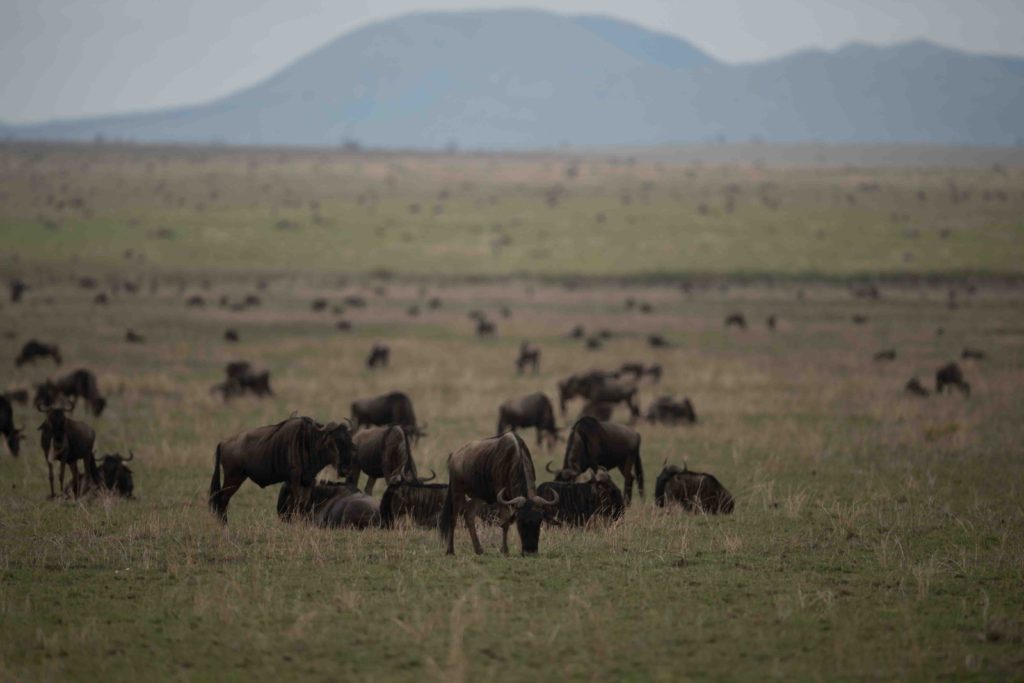
Credit: George Turner
Upon my arrival to Namiri Plains, we could see the tidal wave of the migration approaching our area. Myself and other guides hoped against hope that they’d continue their current trajectory towards us and the camp. The unique setting of Namiri meant that if they came our way, we’d have the whole experience to ourselves.
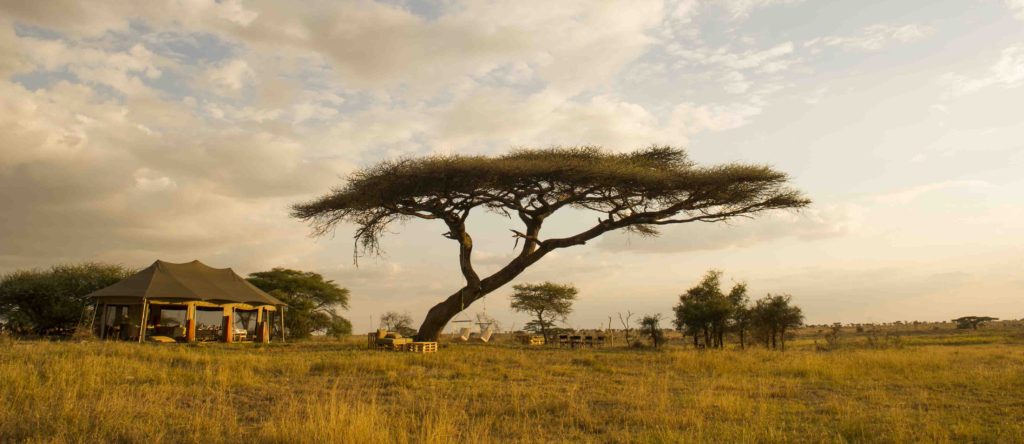
As the sun rose on day 2, I awoke to a distinct ‘gnnnnuuuuu’ sound outside my tent. There’s no mistaking that distinctive call… the wildebeest were here!
Now, as I said earlier, when I say here, what I really mean is everywhere. The wave had hit in full force with their companions (harmless black flies!) in tow.
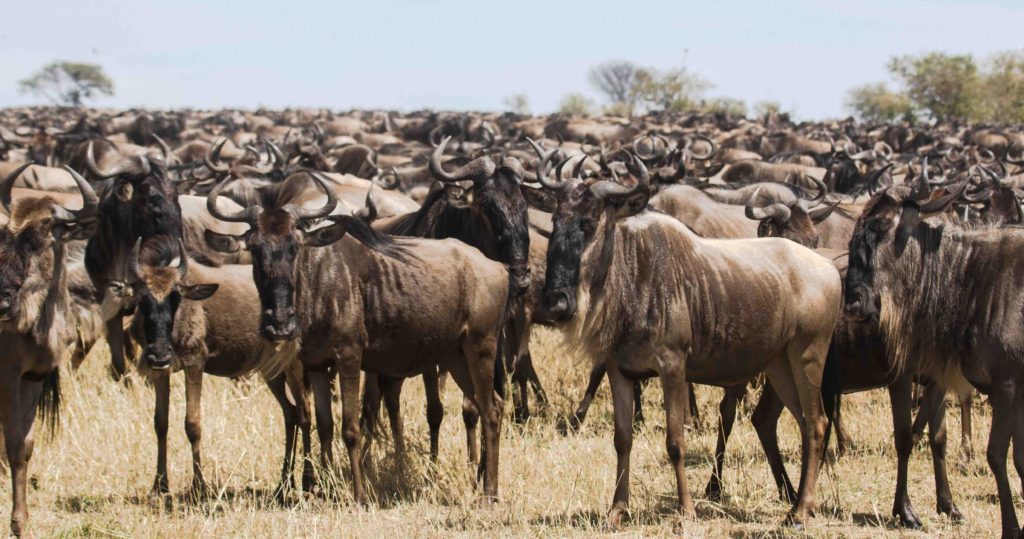
Myself and Pattena – my guide – headed out early in hopes of watching some calving. It only took 2 minutes because we saw our first birth and soon after, it was like dominos. Females will try to synchronize with each other for maximum protection and often help each other clean the newborns.
Most staggeringly of all, the baby wildebeest go from wobbly knees to Olympic sprinter in minutes and believe me, I’m not exaggerating. Within 10 minutes, these little ‘gnus’ can run as fast as their mothers, an evolutionary trait they’ve developed over thousands of years to avoid the many predators.
Witnessing hundreds of births was an extremely humbling experience. Should these babies live a full ‘adult’ wildebeest life, they could be running the gauntlet of the Great Migration 12-13 times which, in the grand context, is astounding.
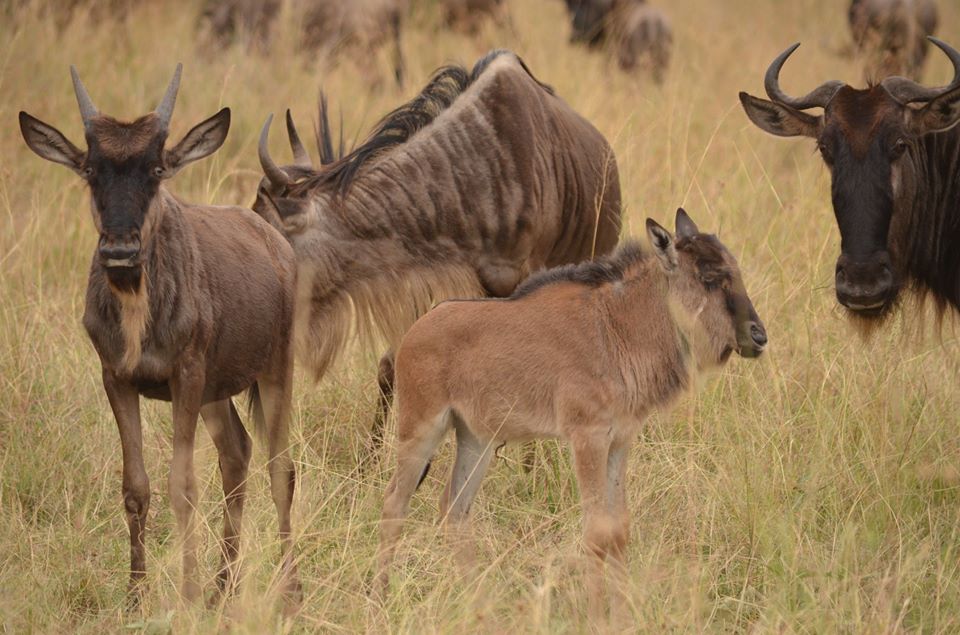
Of course, they need to get to adulthood first. With the migration in town, it’s Christmas for the big cats, hyenas, and vultures.
While we didn’t see an active hunt, we certainly witnessed the aftermath – and very full bellies – of the predators and scavengers. In actual fact, the majority of casualties aren’t the babies (who are very well surrounded by mothers) but actually the sick, old, and occasionally those who get separated from the herd.
Two huge cheetah brothers revel in ease of hunting. Although cheetahs rarely attack anything bigger than a young wildebeest/grazer, these two males take down full-grown wildebeest with absolute ease. We encountered them 3 times and each occasion it looked like they’d just finished off a Christmas lunch!
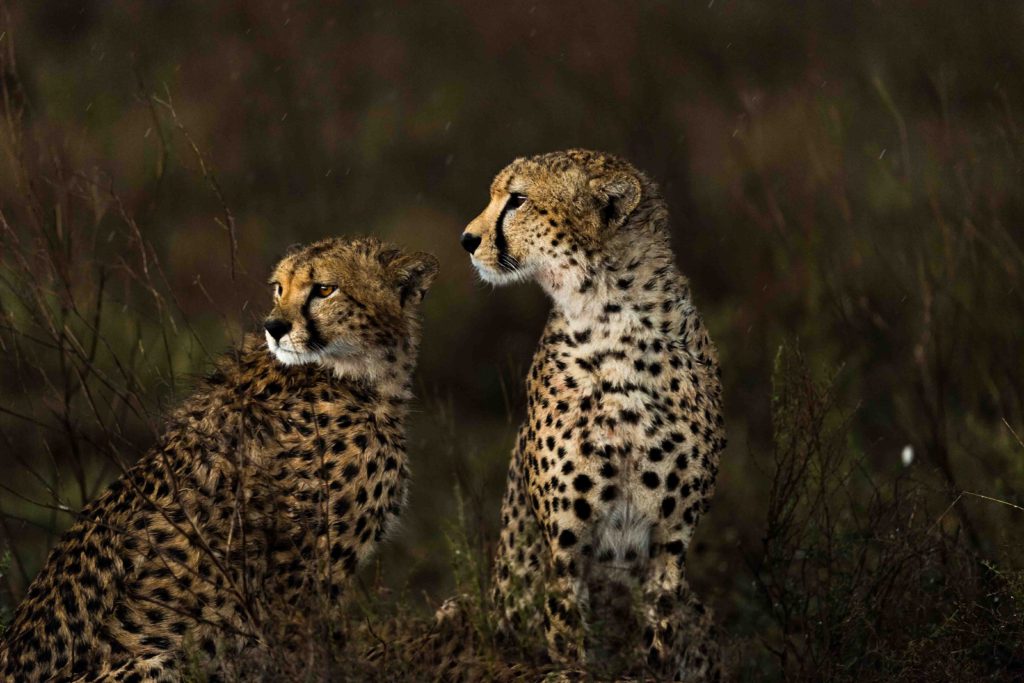
Credit: George Turner
If you’re driving around and see a panicked wildebeest running aimlessly by themselves, you can almost guarantee that’ll be someone’s late-night snack or breakfast by sunrise. Such is the circle of “Life and Death in the Mara”.
More The Great Migration Articles

BBC One: Serengeti – Transporting You To East Africa
06 July 2019By Britta Foulis – Content Marketing Manager If you’ve had a chance to...

East Africa’s Ultimate Bucket List Adventures
23 May 2019By Anwynn Louw – Digital Marketing Assistant East Africa is home to som...

Tanzania – One of the best countries in Africa to visit
28 October 2022An African safari is a definite must do, but very often guests ask, which is...

The Science Behind Africa’s Great Migration
14 June 2018Every year, millions of hooves drum against Africa’s plains, raising dust and...





